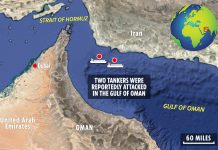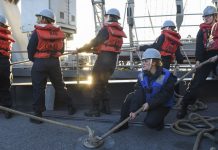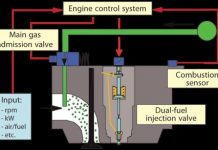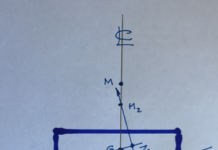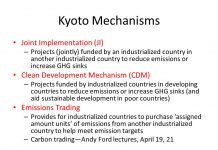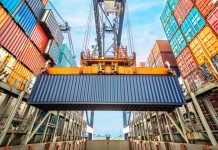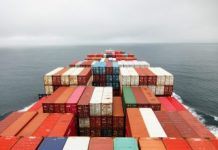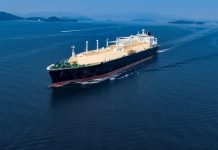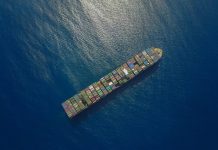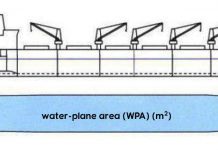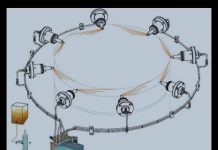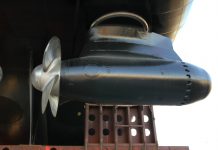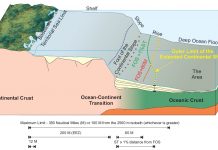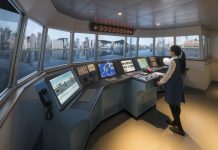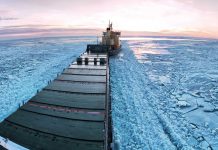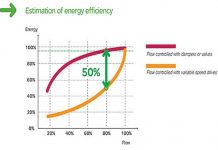TPC (TONNAGE PER CENTIMETER)
It is the required tonnes to cause the ship sink or rise by one centimeter (1cm) from any mean Draught.
As per the definition of...
CYLINDER LUBRICATION SYSTEM
Introduction
Cylinder lubrication is an accessory applied to facilitate the operation of a two- stroke crosshead diesel engine. Failure in operation may cause considerable damage...
ELECTRIC PROPULSION SYSTEM FOR SHIPS
In order to meet the challenge of high operating cost and marine pollution, ships propulsion system have changed from conventional power system to electric...
Extension of the continental shelf and natural resources – An overview
By Rajiv Kumar Singh
Principal, Aims Maritime Academy
Definition of continental shelf as per UNCLOS III 1982:
Article 76 of UNCLOS gives the definition of continental shelf....
AUTO PILOT
In the early days of the marine industry, the vessels required the continuous attention of seamen to sail safely. As ship range increased, allowing...
DIRECTIONAL STABILITY OF THE VESSEL
A ship has available to it motion in three axes. Motion on the “X” axis is roll, motion on the “Y” axis is pitch,...
EEDI
Regulation 20
Attained Energy Efficiency Design Index
The actual EEDI of a vessel is called the attained EEDI and its calculated based on guideline published by...
How a Turbocharger Works?
A turbocharger is a forced induction device that recovers engine waste heat in order to increase performance and efficiency in a combustion engine.
This is...
The Working Principle of Variable Frequency Drives
As per recent energy report, 60 percent of the power produced on board ship is used to operate motors pumps. These pumps are controlled...
DUAL-FUEL ENGINES (DF)
In this process, a very small percentage of between 1 and 10% liquid heavy fuel or diesel oil is injected.
During the intake stroke, gas...





